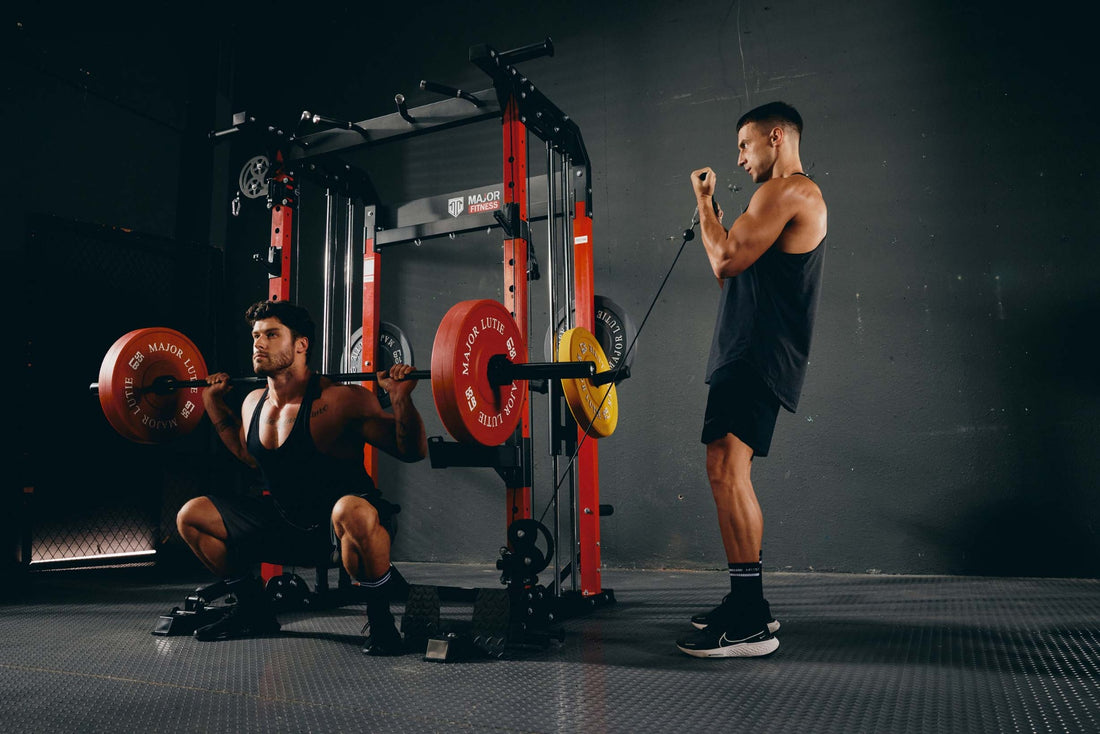
Is weightlifting cardio? This question surfaces time and time again among fitness enthusiasts and beginners alike. Perhaps you're someone who's spent countless hours sweating it out on the treadmill, only to wonder if lifting weights could offer similar cardiovascular benefits. Or maybe you’re a seasoned weightlifter curious about the hidden perks of your routine. You’re in the right place. We’re here to delve into the heart of this intriguing fitness query.
Defining Cardio: What Exactly Do We Mean?
Cardio, short for cardiovascular exercise, primarily focuses on activities that elevate your heart rate over a sustained period of time. Common examples include running, swimming, cycling, and aerobics. These exercises aim to enhance the efficiency of your cardiovascular system, which includes the heart, lungs, and blood vessels.
What Happens During Weightlifting?
Weightlifting, or resistance training, involves exerting force against resistance—typically weights or bodyweight. The primary goal is to build muscle strength, endurance, and size. While traditionally not seen as a cardio workout, lifting weights can still elevate your heart rate, especially during intense sessions with minimal rest.
Is Weightlifting Cardio? Understanding the Overlap
While weightlifting and cardio appear to be on opposite ends of the exercise spectrum, the lines do blur. High-intensity weightlifting, particularly using compound exercises (moves that engage multiple muscle groups at once, such as squats, deadlifts, and bench presses) and shorter rest periods, can significantly elevate your heart rate. When executed correctly, these sessions can mimic the cardiovascular benefits usually reserved for traditional cardio activities.
Tabata weightlifting or CrossFit workouts, where weight training is combined with minimal rest and other cardio elements, demonstrate this intersection effectively. These routines not only build muscle but also enhance cardiovascular endurance.
The Science: Studies Supporting Weightlifting as Cardio
A variety of scientific studies offer insights into the cardio benefits of weightlifting. Research reveals that high-intensity resistance training boosts cardiovascular health by lowering blood pressure, improving blood vessel health, and increasing overall heart efficiency. A study conducted by the American Council on Exercise showed measurable cardiovascular benefits in those who engaged in circuit weight training.

Types of Weightlifting That Provide Cardiovascular Benefits
- High-Intensity Interval Training (HIIT): Combines bursts of high-intensity exercise with rest intervals. Incorporating weights into HIIT can maximize both muscle and cardiovascular gains.
- Circuit Training: Involves performing a series of exercises in rotation with minimal rest. Mixing aerobic exercises with weightlifting offers a balanced approach.
- Supersets: Pairing two exercises back-to-back with little to no rest. This method keeps your heart rate elevated, providing both strength and cardiovascular benefits.
How to Optimize Your Weightlifting for Cardiovascular Benefits
If you're keen on merging strength training with cardio, here are some actionable tips:
- Shorten Rest Periods: Reducing the time between sets can keep your heart rate up.
- Combine Compound Movements: Engaging multiple muscle groups at once increases cardiovascular demand.
- Incorporate Plyometrics: Adding explosive movements like jump squats or burpees within your weightlifting routine.
- Use a Full-Body Routine: Training multiple muscle groups in one session enhances cardiovascular output.
The Benefits: Why You Should Combine Cardio and Weightlifting
The synergy of combining cardio and weightlifting can offer numerous benefits:
- Improved heart health and cardiovascular efficiency.
- Enhanced muscle growth and strength.
- Accelerated fat loss.
- Increased metabolic rate.
- Improved functional fitness and endurance.
Conclusion: Is Weightlifting Cardio?
So, is weightlifting cardio? The answer isn’t binary; it depends on how you structure your weightlifting sessions. When designed with cardiovascular benefits in mind—through techniques like circuit training, HIIT, and minimizing rest periods—weightlifting can indeed serve as a cardio workout. It all boils down to your goals and how you prefer to approach your fitness regimen.
Whether you're a die-hard weightlifter or a cardio devotee, blending the strengths of both can elevate your fitness to new heights. Ready to pump iron and get your heart racing at the same time? The choice is yours!

















